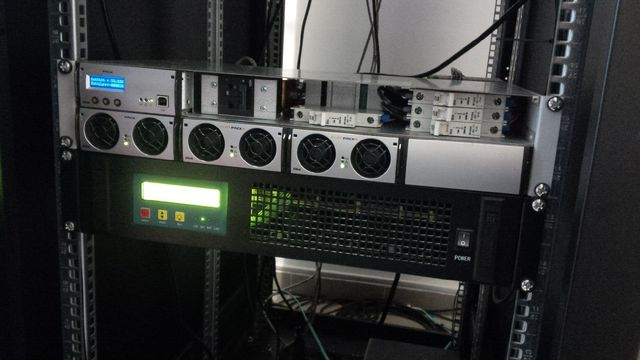With the rapid development of power electronics technology, inverters, as an important device for converting DC to AC, have been widely used in various fields. Among them, pure sine wave inverters have attracted much attention for their output waveforms close to sine waves and strong adaptability to loads. However, there are still some discussions and doubts about the composition of the output voltage of pure sine wave inverters, especially whether it contains neutral and live wires. This article will explore this issue in depth from a technical perspective.
Basic principles and output characteristics of pure sine wave inverters
Pure sine wave inverters use advanced PWM (pulse width modulation) technology to convert DC power into AC power by controlling the on and off of the switch tube. The AC voltage waveform of its output is close to a sine wave, with the advantages of stable voltage, small waveform distortion, and strong adaptability to loads. Pure sine wave inverters are widely used in home, industrial, medical and other fields to provide stable and reliable power supply for various equipment.
In terms of output characteristics, the AC voltage generated by a pure sine wave inverter has the characteristics of periodic changes. In a complete cycle, the voltage value gradually decreases from the positive peak to zero, then gradually increases to the negative peak, and finally returns to zero. This periodic change makes the AC output of the inverter have similar characteristics to the mains.
The concept of neutral and live wires in AC
In the AC system, the neutral and live wires are two important components of the circuit. The live wire is a charged wire whose voltage changes over time during the sine wave cycle; while the neutral wire is a wire connected to the earth, and its voltage is theoretically zero. During the AC transmission process, a potential difference is formed between the live wire and the neutral wire, driving the current to flow in the circuit.
It should be noted that the neutral wire and the live wire are not physical entities, but concepts in the circuit. In practical applications, the neutral wire and the live wire are usually realized by different conductors in the cable, but their essential difference lies in the connection relationship with the earth and the potential characteristics.

Analysis of the composition of the output voltage of a pure sine wave inverter
Although the AC voltage waveform output by a pure sine wave inverter is close to a sine wave, there is no clear distinction between the neutral wire and the live wire in its internal circuit. The inverter converts DC power into AC power by controlling the on and off of the switch tube. In this process, the inverter outputs two AC voltages with opposite phases, corresponding to the positive and negative half cycles of the sine wave.
However, when the inverter is connected to external devices, for the convenience of use and safety considerations, concepts similar to neutral and live wires are usually introduced. In practical applications, the two wires output by the inverter are usually connected to the two input terminals of the external device respectively. One of the wires is used as the "live wire", and its voltage changes over time; the other wire is used as the "neutral wire", which is connected to the ground or has a lower voltage. This connection method makes the AC power output by the inverter compatible with external devices and realizes normal power supply.
It should be emphasized that the two wires output by the inverter are not the true neutral wire and live wire. They are just concepts introduced for the convenience of connection and use. Inside the inverter, these two wires are actually the two output ends of the inverter output circuit, and their potential and voltage changes are controlled by the internal circuit of the inverter.
Precautions for pure sine wave inverters in practical applications
Although the AC voltage waveform output by pure sine wave inverters is close to sine waves and has excellent performance, the following points should still be noted in practical applications:
Ensure that the inverter is correctly connected to external devices. During the connection process, the operation should be strictly in accordance with the equipment manual to avoid wrong or reverse connection.
Pay attention to the load matching problem of the inverter. Different devices have different requirements for power supply, so when selecting an inverter, its load adaptability should be fully considered.
Check the operating status of the inverter regularly. If an abnormality or fault is found, it should be handled in time to avoid affecting the normal operation of the equipment.
Conclusion
In summary, the AC voltage output by the pure sine wave inverter does not have a clear distinction between the neutral wire and the live wire in the internal circuit. However, in practical applications, in order to facilitate connection and use, concepts similar to the neutral wire and the live wire are usually introduced. With the continuous development of power electronics technology, pure sine wave inverters will be used in more fields in the future, and their performance will be further improved. At the same time, we also need to pay attention to the load matching, safety and other issues of the inverter in practical applications to ensure its stable and reliable operation.







